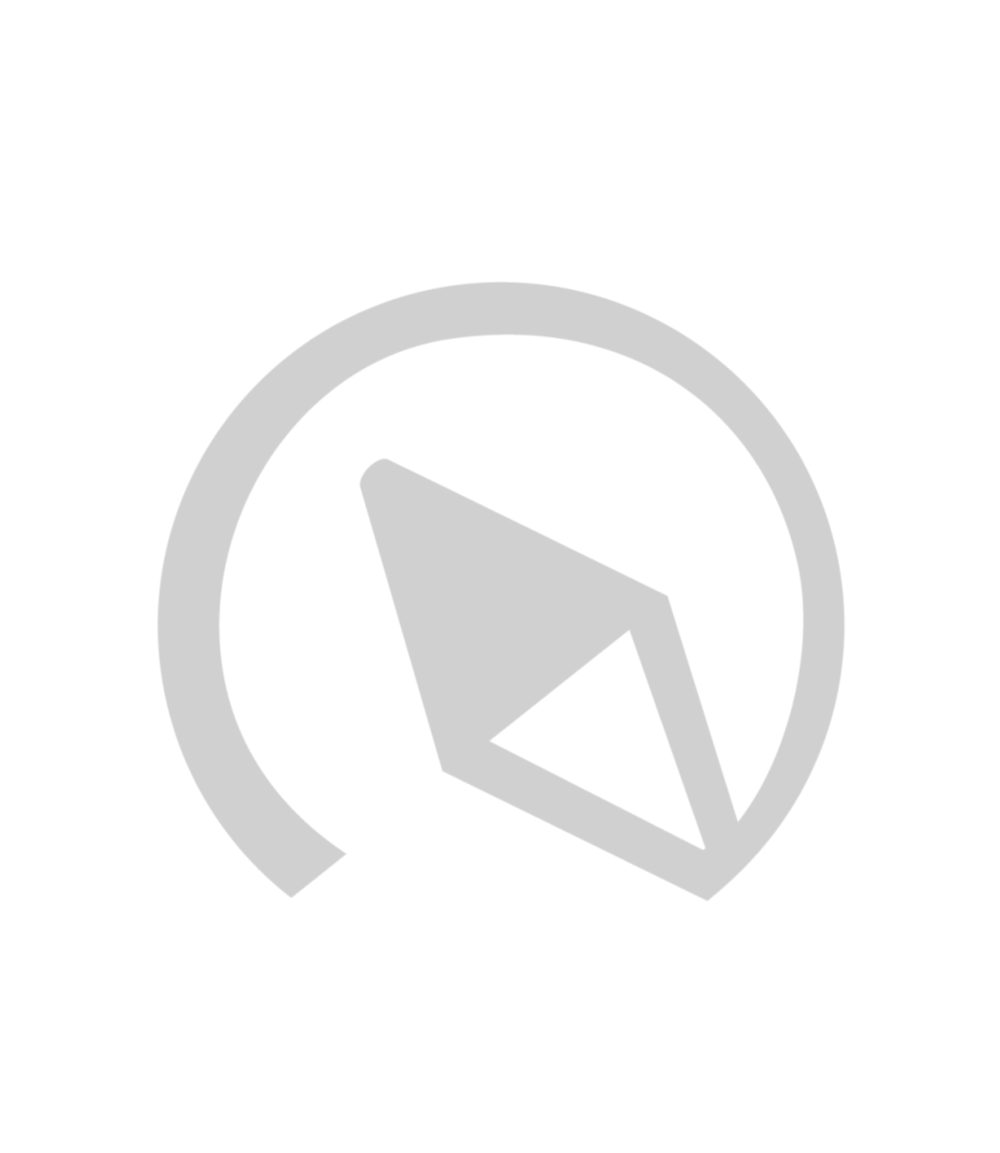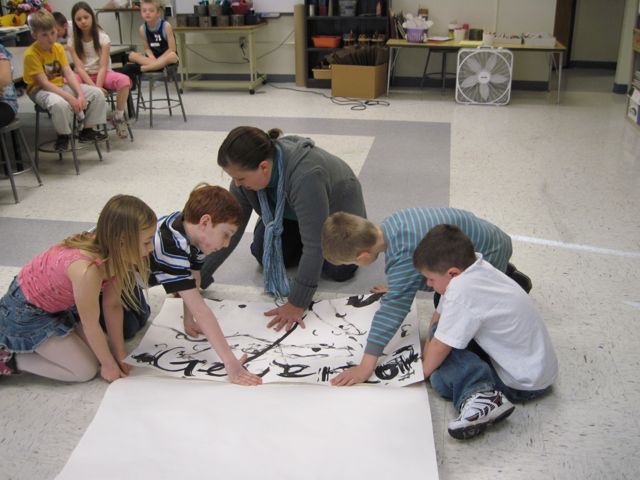Artist Spotlight - Curious Abstracter Heidi Jeub
/They say curiosity killed the cat. At COMPAS, we believe that curiosity made the cat a creative genius! Visual artist Heidi Jeub uses her curiosity to balance her many skills such as abstract painting, book binding, and public art. Check out our conversation with her in this months Artist Spotlight.
Hey Heidi, thanks for taking time from the busy holiday season to answer some questions for us. First of all, can you tell us a little about what your background and what your art form is?
I am an abstract painter, book binder, and public artist. I balance these art forms as a way to stay curious, not just about my surroundings, but about myself and others.
When did you first become interested in visual arts? How did it happen? Who were some of your influences?
I was always ‘good at art’ in my younger years, but sometimes got into trouble for breaking the rules. While that makes me seem rebellious, I was rather logical and well-behaved as I neared college. Therefore, I took my interest in art, science, and math, and decided on Architecture. Luckily, the college I attended integrated fine arts classes in my design curriculum. I became more comfortable with various mediums, and was expected to break the rules.
That period was essential to my growth and interest in art, because I was looking at work that was never presented to me in my life prior. I learned about all types of art, western and non-western. While I was not much for art history, I did find a liking for Paul Gauguin, Ernst Ludwig Kirchner, and Kandinsky. Later in life, I fell in love with women abstractionists, like Joan Mitchell and Helen Frankenthaler. I’m very much influenced by architecture in both aesthetics and concepts.
You work in a wide variety of mediums. Do you have a favorite?
I prefer the comfort of my studio with my headphones on, diving into a canvas, and letting the story develop… yet that doesn’t always satisfy my need to stay relevant. I like a good project, and public art allows me to dive into the stories of a community, create a process to engage people, and create something bigger than myself. Bookbinding allows me time to be precise and calculated, which allows my brain to wander to new projects and ideas.
I won’t pick a favorite. They are all instrumental to my process and practice.
What do you get out of teaching versus creating your own work? What do you hope participants of your programs learn?
Working with kids makes me realize how fun it is to play with the medium. Right now, I’m realizing that Abstraction (one of my residencies) is rather challenging to many youth, especially those in high school. It’s a crash course of not just learning about an art form, but changing one’s approach to life and understanding of a complex world. Mind-blowing, but really hard to do. I like doing these residencies because it reminds me that it is hard to stick with anything, and to break into the unknown. My students, in their frustration, remind me of the tension between being told what to do, and discovering on your own.
What do you see as the benefits of working in Minnesota’s art community?
Minnesota has a lot of resources for arts organizations, schools, and artists. We are lucky, but it is important to say that the leadership over the years has prioritized the arts as one of our legacies. What I love about Minnesota artists is that they are, what I like to term, ‘meat and potatoes.’ They are down to earth and helpful. I can say the same about a lot of organizations and leadership.
You live outside of the Twin Cities, what do you see as an advantage of that in terms of your art? Disadvantage?
While I feel isolated more often than not, I do get to go at my own pace. I like that. I lack some facilities and expertise out here, but that just makes me more self-reliant. While I miss out on the latest works, receptions, and experiential art that the Twin Cities provides, I get to appreciate the simplicity of other artists in my region. There are some hidden gems out here…
I have to be strategic in how I run my business. I have to communicate with people in all parts of the region, like any visual artist, because diversifying your exhibition opportunities and locations broadens your market. I stopped worrying about my location some years back, when I realized how an artist can live anywhere and not depend on the locals for support. I also take nothing for granted.
Being removed from the masses also makes me aware of issues unique to remote areas. Cultural experiences are often found in different settings than how they are staged in the cities. Communities in rural settings are often misrepresented, underfunded, and ignored, yet they often provide the food and policy for urban centers to thrive. It is challenging to be aware of this, yet stay positive.
Have you been working on any new projects lately?
I always have new projects brewing. Right now, I’m getting over the conclusion of my graduate studies, trying to get my footing in my studio again. I am working on new project concepts, but they may or may not come true.
Yet, I am igniting a few things:
- I will be starting a library collaboration with the University of Minnesota Architecture and Landscape Architecture Library, which will result in a series of art pieces that will be exhibited in Fall of 2018.
- I am currently working on a new blog for artists in rural communities. I also decided to take on oil painting, since I have a new studio in Little Falls.
- I am currently working with the Boys & Girls Club of Central Minnesota as part of their Youth Arts Initiative, where we produced four large scale paintings for their club, while teaching painting basics to middle school level youth.
You have been on the COMPAS roster for several years now. What’s it been like to be a part of COMPAS?
It’s humbling to be in the room with the other artists. I love connecting with them, yet often leave thinking, “Wait… I’m one of them? No way!”
It has been very helpful to have the support of COMPAS when we enter new places and experiences. They do a lot of work that I am unable to do, because I’m busy with many other things.
How do you practice creativity in your everyday life?
In almost everything I do, except maybe laundry, I practice creativity. It only activates more creativity.







